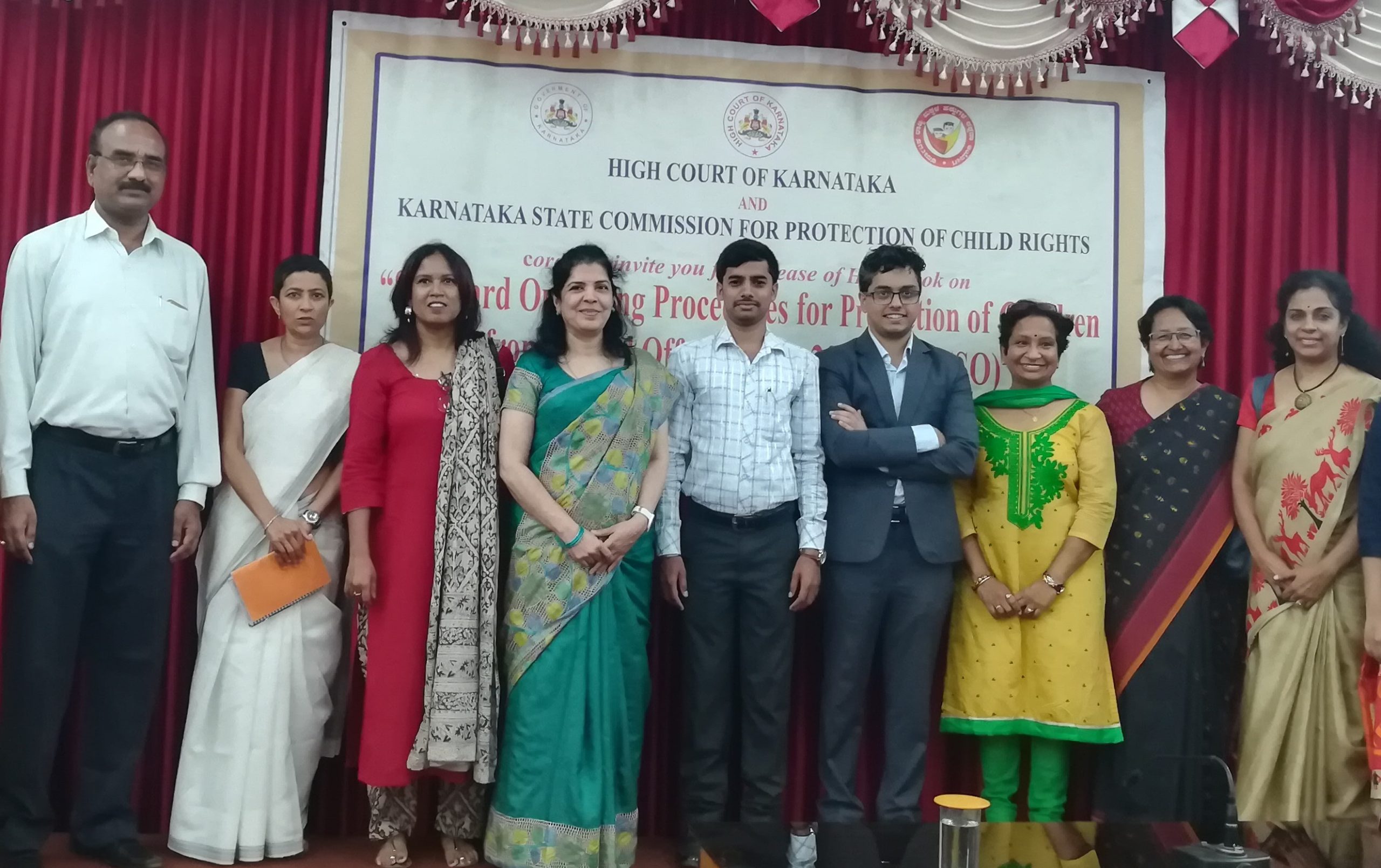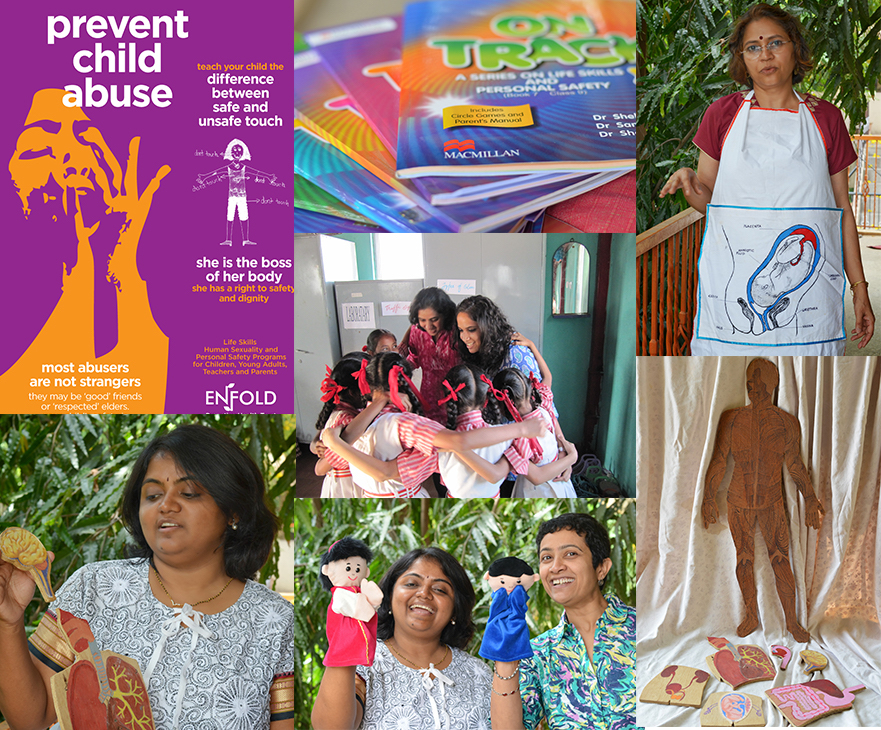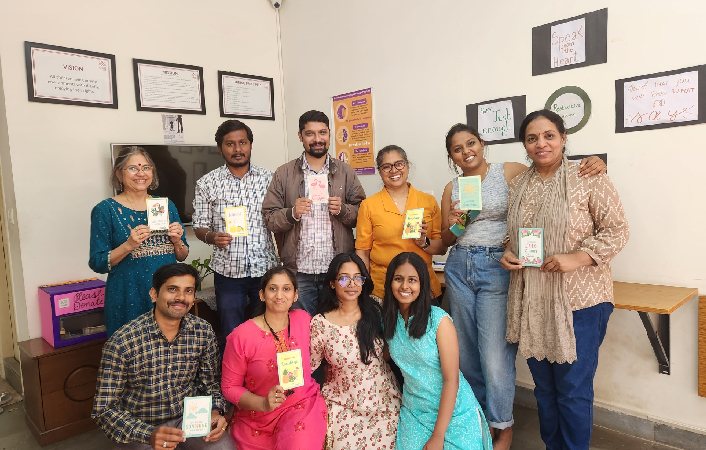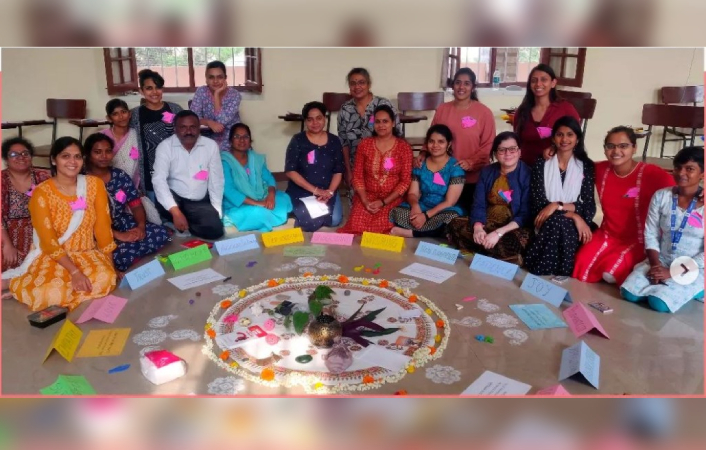The Power of Language – Relooking the History of Disability-Related Terminology
By Satyajit Amin
In 1835, the French astronomer Adolphe Quetelet published an essay entitled “L’Homme Moyen” (the average man). In it, Quetelet used statistical techniques to analyse the similarities in the biological and social natures of man. This systematic approach was novel, and allowed for a portrait of society to be painted in patterns of averages. Quetelet argued that the traits most commonly represented in humanity were the ones that were ‘normal’— those who deviated from this set were not. This marriage of mathematical analysis and scientific study yielded many offspring: The development of the Body Mass Index (BMI), for example, was one fruitful outcome. Quetelet’s essay, however, also had a more dubious consequence. In the natural sciences, statistical abnormalities are scorned and disregarded. They can be disruptive drains on resources, and have no real value. But this rational enmity takes on an altogether different complexion when the ‘abnormalities’ have names, faces, and identities.
The ‘differently abled’ in our society have suffered from this unconscious statistical calculation since time immemorial. Quetelet’s reputation only legitimised the superiority complex of the ‘normal’, commencing an epoch of eugenics that reached its nadir during the Third Reich. Treating people like flawed statistics seems unthinkable, but it is far more common than we think. Indeed, this attitude even permeates the terminology we use to describe individuals with ‘special needs’. It is therefore worth examining the provenance of some of the most common terms we use today, to understand what they originally meant, and how we should use them today.
Handicapped
The adjective ‘handicapped’ has been mostly ejected from the popular lexicon due to its negative connotations. The term’s history is an interesting one, and illustrates the historical complexities behind words that are often used fecklessly. ‘Handicap’ was originally derived from a barter game called “Hand-in-cap”, and was not used to describe disabilities until at least 1915. From 1754, it was generally used to describe the extra weight that certain racing horses were made to carry in order to equalise the field. By 1883, the term came to describe the concept of imposed equalisation, particularly in sports. Over time, however, the term came to symbolise impediments in a general.
The demeaning nature of the term arises could also have arisen from an association with poverty. By 1887, placing a hand in one’s cap was a show of deference to a judge. Presumably because a large proportion of convicts were of low socio-economic status, the term became inexplicably associated with begging. Most accounts maintain that the practice of begging has nothing to do with the term ‘handicapped’ etymologically, but the popular perception that they are linked may have arisen because a large number of economically disenfranchised individuals were also people with disabilities, who had to resort to begging in order to support themselves.
Disabled
This word is another adjective frequently used to describe people with disabilities. It remains frequently utilised in common parlance, although the term ‘differently abled’ is sometimes preferred. The intention behind the use of the term usually lacks pejorative malice, though the term itself is sometimes construed as being inherently expressive of disdain. As per linguistic scholar Arika Orkent, the adoption of the term ‘disabled’ by activists was due to objections to the term ‘handicapped’, which had grown common by the 1970s. Specifically, the perception that the term was associated with poverty was a cause for objection.
The disability scholar Jack A. Nelson wrote that the rejection of the term may also have been due to a desire to take ownership of the term used to identify the community of people with disabilities. He wrote that “ {although the word handicapped is} in keeping with the disability rights movement’s analysis of the situation—that the individual is okay but society has put him or her at a disadvantage—the term was nonetheless rejected when disabled people began wresting the power of the programs that controlled their lives from social workers and began to run their own programs…if for no other reason that it was a term imposed on them by agencies.”
The issues surrounding the terminologies used to describe individuals living with disabilities are numerous. The issues have historical, economic, and socio-political undertones, and it is important to be aware of these subtle nuances when interacting with the differently abled.
The idea here, is not to suggest one term that one could use in addressing individuals or groups. All of us have a right to be treated respectfully, with dignity. Whether you choose to use people-first language, addressing or referring to someone, such as ‘person with disability’ or ‘person with some impairment’, or identity-first language of ‘differently abled,’ keep in mind that the words we use have a history behind them, and the way we use them have an impact on individuals.
Toni Morrison said it best, in Beloved, “definitions belong to the definers, not the defined.” As you interact with someone, try to understand how they prefer to be addressed.









